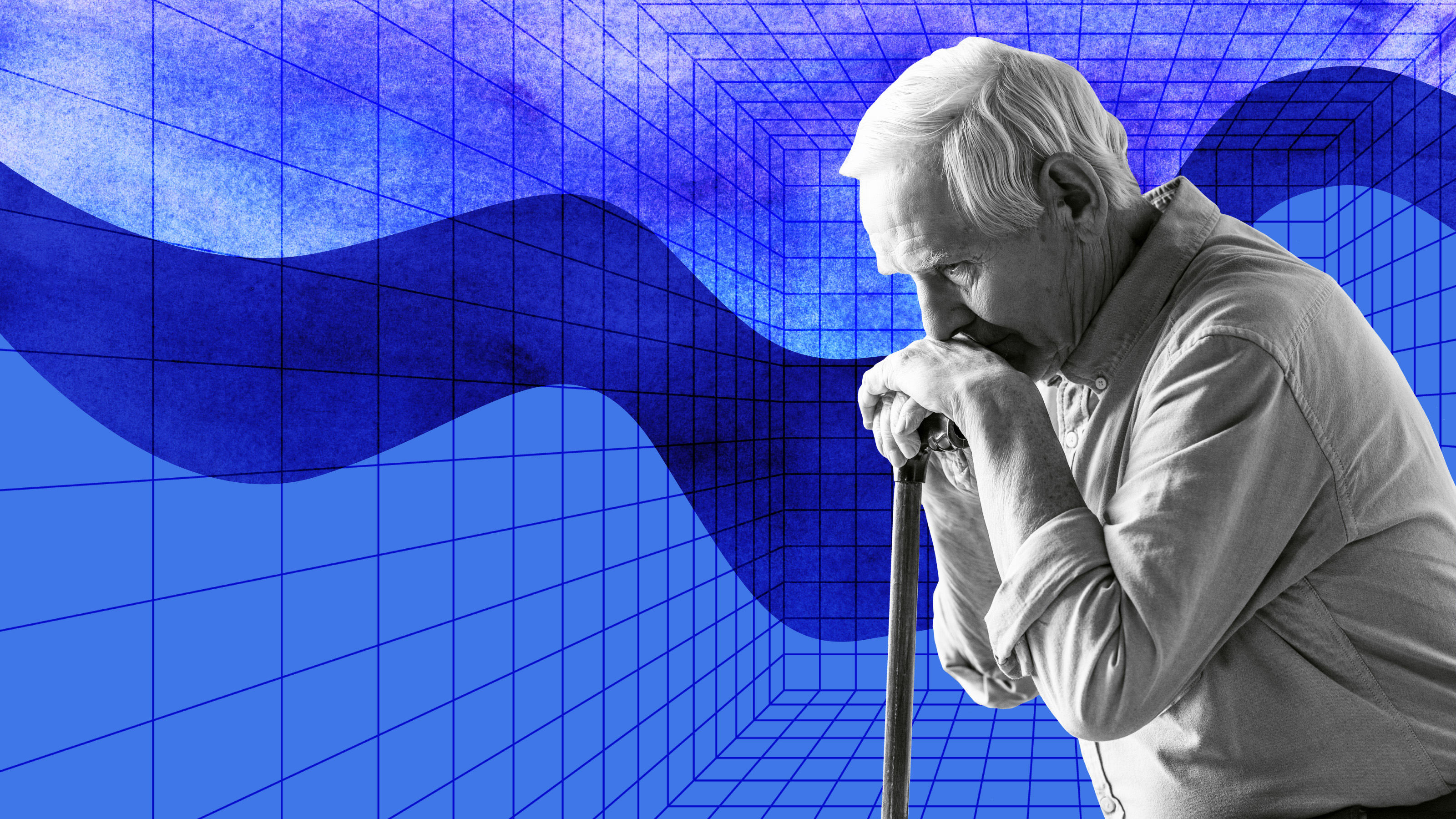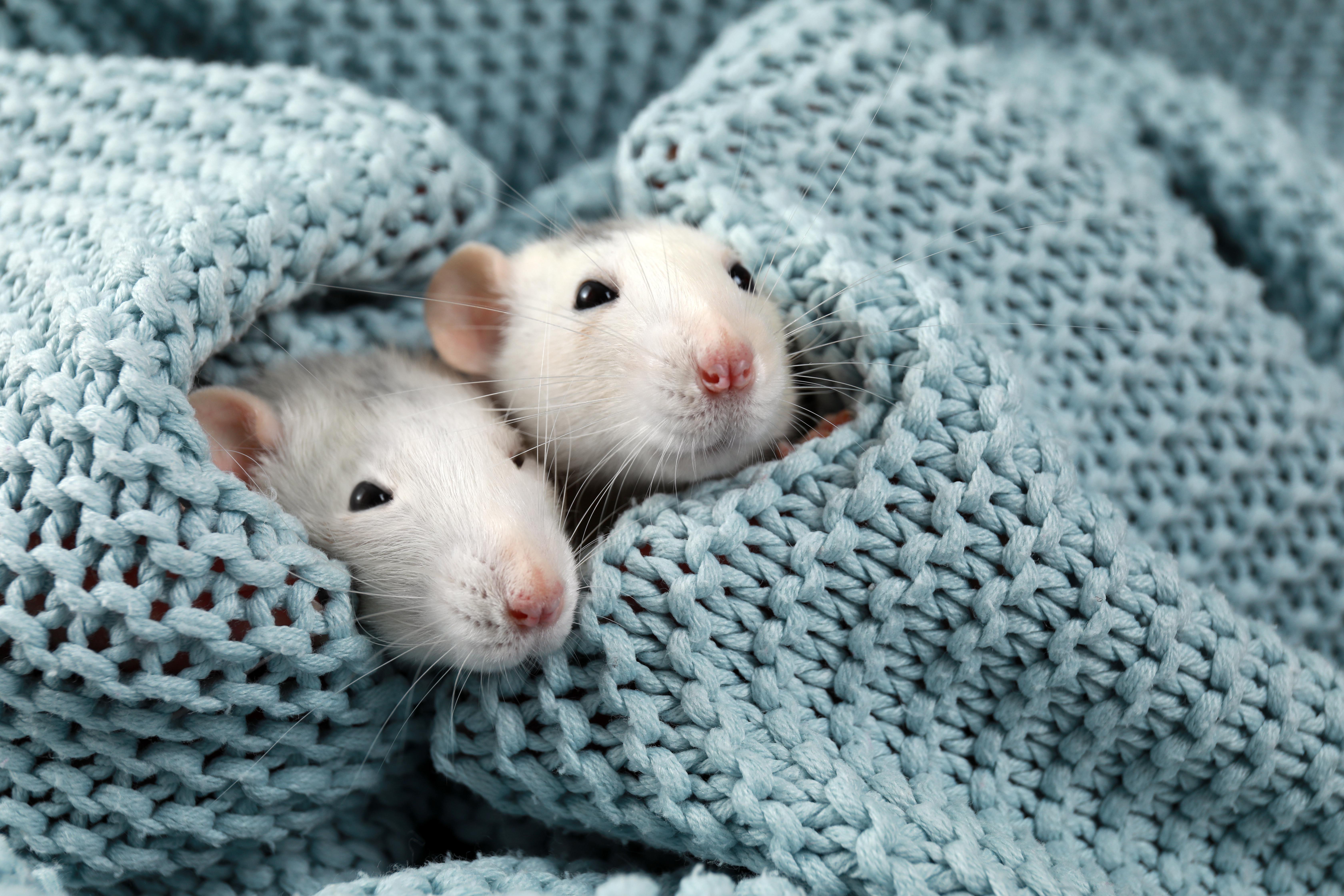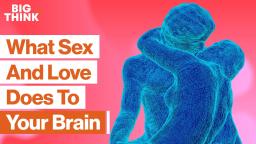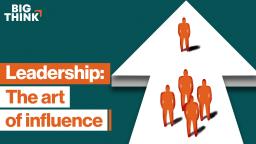relationships
“It doesn’t erase what happened to you. It just changes the impact it has on your life.”
If love is an addiction, your first love is the first dose.
One of the best-known allegorical depictions of love has a rather pessimistic male twin.
Cancer cells seem to have a harder time growing among pair-bonded mice, according to a new study that explored the “widowhood effect.”
Two-thirds of romances start out as friendships.
The symbol for love is the heart, but the brain may be more accurate.
▸
14 min
—
with
Participants with high levels of narcissism showed high levels of aggression, spreading gossip, bullying others, and more.
Dunbar’s number is a popular estimate for the maximum size of social groups. But new research suggests that it’s a fictitious number based on flimsy data and bad theory.
Think you can hide your feelings pretty easily?
Social interactions are important for building the strongest relationships.
▸
5 min
—
with
A study finds that sexual regret doesn’t change how we behave in the future.
Research has shown how important empathy is to relationships, but there are limits to its power.
▸
11 min
—
with
A new study explores how using positive labels to describe a majority group may negative impact perceptions of minority groups.
In-depth research suggests BDSM practitioners can experience altered states of consciousness that can be therapeutic.
Being a leader is about more than the job title. You have to earn respect.
▸
4 min
—
with
Clinical trials at the Feinstein Institutes for Medical Research focus on stabilizing cognitive loss and alleviating the psychotic symptoms that change our loved ones.
When someone is lying to you personally, you may be able to see what they’re doing.
Psychologists point to specific reasons that make it hard for us to admit our wrongdoing.
New research suggests you can’t fake your emotional state to improve your work life — you have to feel it.
A new study shows that beauty standards affect whether or not accusers are believed.
Scrap getting fitter or eating better and focus more on the people in your life.
No, being interested in BDSM does not mean you had a traumatic childhood.
A large-scale meta-analysis aims to disprove the notion that pornography consumption causes sexual aggression and violence.
A study explores how your dog does when you’re not home.
After the unrelenting negativity of 2020, we may need a refresher on the benefits of a positive affect.
As morally sturdy as we may feel, it turns out that humans are natural hypocrites when it comes to passing moral judgment.
▸
5 min
—
with
For a purely binary choice, wearing a ring either on the left or right hand can say a lot about the wearer.
Scientists ripped up kids’ drawings. This is what they learned about relationships.
▸
5 min
—
with





























